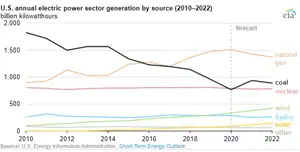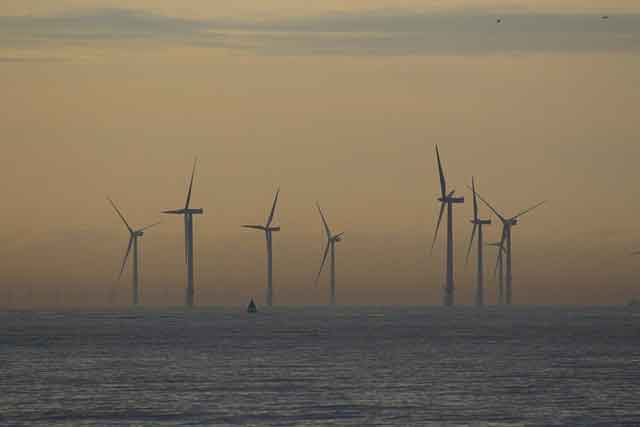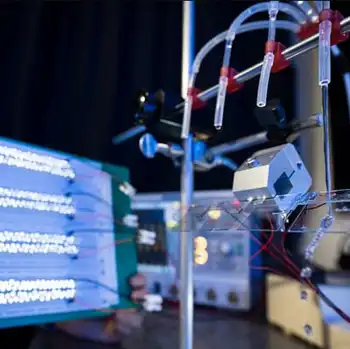Germany needs storage solution for green power
By Reuters
Protective Relay Training - Basic
Our customized live online or in‑person group training can be delivered to your staff at your location.

- Live Online
- 12 hours Instructor-led
- Group Training Available
The wind does not always blow and the sun may not shine all day.
The share of renewables in power production is set to nearly double by 2020 to 30 percent of total output, but only small power volumes can currently be stored in oversupply periods.
New cutting edge, and probably costly, storage is needed to keep any extra green power ready for when the weather is unfavorable.
Utilities and partners such as RWE and Evonik are eyeing pilot projects such as compressed air, hydrogen and battery solutions in competition with companies in China, the United States and India.
The government's energy agency Dena is committed to the environmental drive but knows about the technological challenges yet to be solved and the possibly rising bill to consumers.
"We need far more research into new storage systems as they are still too expensive," said Dena director Stephan Kohler.
"But we can't purely concentrate on technology and also must bear power prices in mind," he said, shortly after attending the Hanover Industry Fair, where engineering firms presented a range of storage systems.
Dena has called for large-scale power grid upgrades and new lines for future jobs such as transporting power from North Sea wind parks to south Germany, or across European borders.
It plans to detail its latest cost estimates in November.
The scale of the possible storage shortfall has emerged as a newer need than that for grid extensions.
This is because solar capacity, for example, has only reached 9,000 megawatts MW, producing one percent of German power.
Today's German power storage systems total 7,000 MW compared with a maximum load demand of 80,000 MW and an estimated 100,000 MW of installed power capacity, some of which is semi-idled.
Current technology offers perhaps eight hours or so of storage but must improve within a decade to be able to bridge weeks of undersupply in say wind-free summers, or hoard excessive wind in stormy winters to release it on demand.
"If you imagine 40,000 megawatts of photovoltaic capacity operating on a sunny weekend with low demand in the 2020s, then you might have to store some 25,000 MW of load for up to 20 hours — such are the challenges," Kohler said.
Failure to store wind on some days last winter already caused bizarre situations, when producers paid "negative prices" of 500 euros a megawatt hour, or 10 times the usual rate, to get rid of wind, and regulators hastily set price limits.
This is just a taste of future bills to come.
Assuming renewable targets stay in place, the Boston Consulting Group BCG says operators' annual storage technology costs could run up to 10 billion euros US $13.42 billion a year from 2020 onwards.
This does not include the price of developing the technology up to that date — for which utilities want public funds — and on what it will cost power distributors to buy storage services and compensatory power in tight supply situations.
"Such costs will be immense, unfortunately experts agree they cannot be safely estimated," said Manuel Frondel, energy specialist at the RWE research institute in Essen.
But BCG is optimistic about business opportunities in storage which it thinks will quadruple to 28,000 MW by 2025.
"It will cost more money to produce more power from renewables. But pumped storage systems for volatile power are already money makers," said partner and managing director Holger Rubel.
"In the long run, intelligent storage may be cheaper and more 'politically correct' than creating back-up with fossil fuels sources," he said added.
"Utilities have started thinking in that direction. All countries with high shares of renewable have to ask themselves the same questions."











